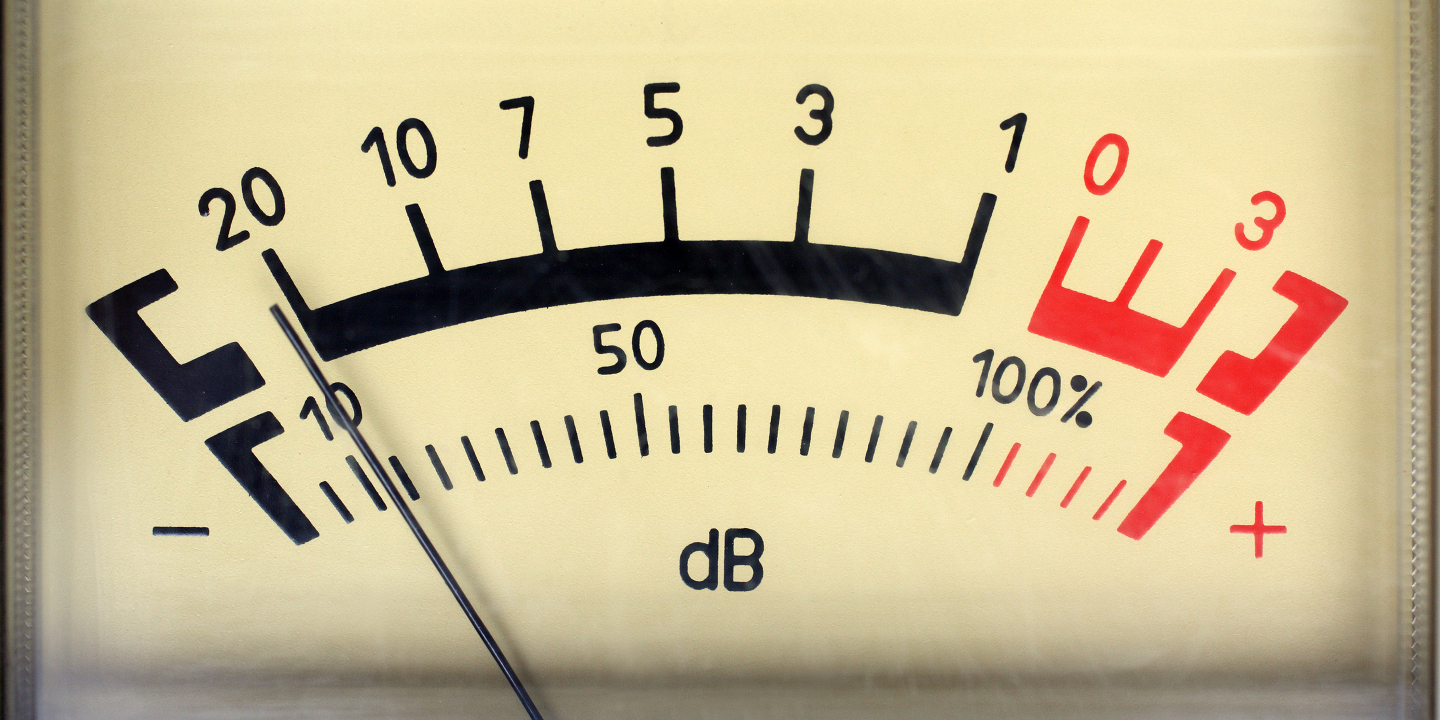
Peak Programme Meter Crack + Product Key
This is a classic BBC Radio PPM-style meter that is designed to respond to the PPM attack and decay times, although it can be used with any audio source, such as external equipment like a guitar pedal. It will also work with’single’ inputs, but the thresholds cannot be set by the user. These levels can be set to 0, -3 dB, +3 dB and +6 dB. See the Options menu for details. The peak programme meter provides a huge amount of information in a very small space, and is ideal for a busy signal monitor. It can be combined with a waveform display to create a visual display of multiple signals. Meter Attributes It is important that you press the ‘Show all attributes’ button to see a bigger range of information on the meter. Both the input numbers display and the peak programme meter can be disabled by ticking the corresponding boxes in the options menu. With the ‘Disable input numbering’ option enabled, you will see that the input numbers are disabled, and that the peak programme meter is replaced with a ‘Clipped’ indicator. The peaks of the clipped region will be shown in red, for example. This is because the meter is only using the input level for the display of the peaks of the region. With the ‘Disable peak programme display’ option enabled, the peak programme meter will be disabled, and the peak values from the last 3 seconds will be shown as green, red and blue lines. For example, with the Green Line disabled (green line to the left of the blue line), green is used to show the peaks and blue is used to show the troughs. Blue is used to show the timing and intercept of the peaks, and the green line is used to show the final or peak value of the last time the peak was seen. For example, with the Red Line disabled (red line to the left of the blue line), red is used to show the peaks and blue is used to show the troughs. Blue is used to show the timing and intercept of the peaks, and the red line is used to show the final or peak value of the last time the peak was seen. With the Blue Line disabled (blue line to the left of the red line), blue is used to show the troughs and red is used to show the peaks. Blue is used to show the timing and intercept of the troughs, and the red line is used to show the final or trough value of the last time the trough
Peak Programme Meter Crack+
In the previous installment of Clips I showed how to capture and add a transient detector and peak limiter to existing clips in the timeline. I used a ‘visual’ measure of the sample’s amplitude, but for professional editing perhaps a more accurate measure of what happens ‘inside’ the clip might be more useful. For professional editing, using a clip meter is the best way to analyse what is happening in a clip. There are two very good reasons to measure what is happening in a clip. Firstly, the quieter the signal is, the harder it is to hear things. Once quiet becomes audibly noisy, it becomes more difficult to measure how loud it is, so looking for quiet parts in a clip makes it easier to hear what the sound is doing. Another part of this is to avoid starting editing with noise, where when a clip has the wrong level for the project, you have to hear it, adjust the levels, and then clip it. If there was a way to measure the noise level in the clip first, you wouldn’t have to waste time just cutting and pasting clips to bring their levels up to what was expected. This meter graphically shows you the level of noise on the two channels in an audio signal or in a stereo file. Fig. 1. Clips Meter Description: The meter is a case of adding an existing waveform into a graph Mode Graphical Information Additional Waveform Old audio signal Left Right Amplitude Meters measure the amplitude of a signal. Looking at the waveform before and after indicates whether the level is still stable. Sample for a typical signal Details at bottom left corner Clipped Level Detection Decayed right-pointing arrow Note: There will be noise in the clip even if you have the ‘cleanest’ source in the world. Peak Limiting In order to use this, you need to track the envelope of the signal. The envelope of the signal is the highest amplitude it has at any point in the clip. When the amplitude of the signal goes up, the envelope shows this clearly. When the envelope is flat, the clip is complete. The clip range is in micrometers of peak amplitude. The maximum and minimum levels can be adjusted to define the range. Decays are triggered when the amplitude becomes less than the 2f7fe94e24
Peak Programme Meter
Monitoring (which level) tone and volume on all analogue to digital transitions. Monitoring (which level) for individual inputs, along with the stereo sum and difference. Indicates when each channel exceeds the user set levels. The ‘Clipped’ indicator appears on the peak level of the analogue waveform. Approximate size: 1460 x 924 pixels Input Gain: The input gain is used to indicate the level of the signal that is allowed to reach the input before the input is clipped by the monitor. If you want it to display audio below -20db this should be between 20-30db. Input Gain: The input gain is used to indicate the level of the signal that is allowed to reach the input before the input is clipped by the monitor. If you want it to display audio below -20db this should be between 20-30db. Input Gain: The input gain is used to indicate the level of the signal that is allowed to reach the input before the input is clipped by the monitor. If you want it to display audio below -20db this should be between 20-30db. Input Gain: The input gain is used to indicate the level of the signal that is allowed to reach the input before the input is clipped by the monitor. If you want it to display audio below -20db this should be between 20-30db. L / R Mix Level: The level of the combined left and right input. L/R Mono Input Level: The level of the summed monoaural input. L/R Mono Input Difference: The difference between the left and right input. L/R Mono Input Sum: The sum of the mono inputs. L/R Mono Output Level: The level of the summed mono output. L/R Mono Output Difference: The difference between the left and right input. L/R Mono Output Sum: The sum of the mono outputs. L/R Mono Output Gain: The output gain applied to the summed mono input. L/R Mono Output Gap: The output gap applied to the summed mono input. L/R Mono Output Gain: The output gain applied to the summed mono input. L/R Mono Output Gap: The output gap applied to the summed mono input. No Input Gap: The output gap applied to the summed mono input. L R Inbalance: The level of the summed left and right input. L R Difference: The difference between the
What’s New in the?
The Peak Programme Meter is designed to emulate the BBC PPM. This meter contains an ‘Intensity’ indicator at the top, a triangular pointer to the left of each channel and a triangular ‘PPM’ indicator at the bottom. The Intensity indicator indicates the peak value for the current channel while the pointer indicates the audio level in dB relative to the peak value at the top of the panel. The Metronome: The Metronome feature is an optional extra designed to provide the user with a visual indication of the period and the phase of the audio signal. The Metronome display is driven by the panorama in the form of a counter rotating dial. On the main display panel there is a centre channel, which has a triangular pointer to the left of it and a circular PPM indicator to the right. To the side of this circular indicator there is a set of smaller quarter triangular pointers which rotate in the same sense as the main pointer. These smaller quarter triangular pointers indicate the phase of the audio signal in either quarter, half or three-quarter periods. These quarter period indicators are shown to the left of the main channel as two higher pitch quarter-triangles and to the right of the main channel as two lower pitch quarter-triangles. All quarter-triangles in the Metronome display display the same phase indicator. The larger triangular PPM indicator to the left of the main channel shows the current period. The smaller triangular quarter triangular PPM indicators (left, right, top, bottom) show when the music is in the current three-quarter or half-period. As time advances further towards the start of the music, the PPM and Metronome indicators will become smaller and move away from the centre channel. The main indicator moves counterclockwise to show the current phase of the music. The longer the period is the slower the counter turns. The Metronome display is driven by the panorama in the form of a counter rotating dial. The Metronome display is the same for all panoramic displays and is a visual representation of the period and the phase of the music. The Metronome indication is driven by the panorama which spins a dial to indicate when the music should start and stop. The smaller quarter triangular pointers (top right and bottom right) are driven by the panorama at a speed proportional to the current quarter period. The larger quarter triangular pointers (top left and bottom left) are driven by the panorama at a speed proportional to
https://wakelet.com/wake/esdO3fQdcCfZ1OPchYk23
https://wakelet.com/wake/jIMYhB4gWNJp8vq5_2i72
https://wakelet.com/wake/apvFyyWPmtVMl8lLzyQGm
https://wakelet.com/wake/W4ZzicLpm5nv8qSz7djUs
https://wakelet.com/wake/q0mYmbJyuHENXgtoEYEZE
System Requirements:
VESA Mount One I/O slot OpenGL 3.0 compatible driver CPU: Intel i5 or i3 RAM: 4GB OS: Win7 / 8 Graphic: License type: DVD CBDT2 English 1.5GB 1600×900 DRM-protected DVD About CBDT2 CBDT2 is the most popular studio in the world for film production, and this DVD represents the full studio library. A complete library of 6
https://versiis.com/49002/audiolab-crack-activation-code-with-keygen-download-for-pc-2022/
http://robertasabbatini.com/?p=17364
https://earthoceanandairtravel.com/2022/07/13/inventorybuilder-crack-free-updated-2022/
https://xn--80aagyardii6h.xn--p1ai/ituneschecker-crack-with-license-code-free-129078/
http://adomemorial.com/2022/07/13/hot-deserts-free-screensaver-crack-download-march-2022/
https://www.simonefiocco.com/index.php/2022/07/13/mus2-crack-2022/
https://ig-link.com/slate-pixel-art-editor/
https://louispara.com/%movement%/
http://www.pickrecruit.com/loudspeaker-frequency-allocator-crack-macwin/
https://aapanobadi.com/2022/07/13/easy-mdb-mde-compactor-crack-2022/
http://lourencocargas.com/?p=22017
https://oceanofcourses.com/duplicate-cleaner-professional-4-1-3-free-obtain-2022/
https://helpmefinancials.com/yudit-with-full-keygen-win-mac-2022-new/
https://beautysecretskincarespa.com/2022/07/13/smsmanager-crack-free-license-key-3264bit/
https://rackingpro.com/sport/33793/






































